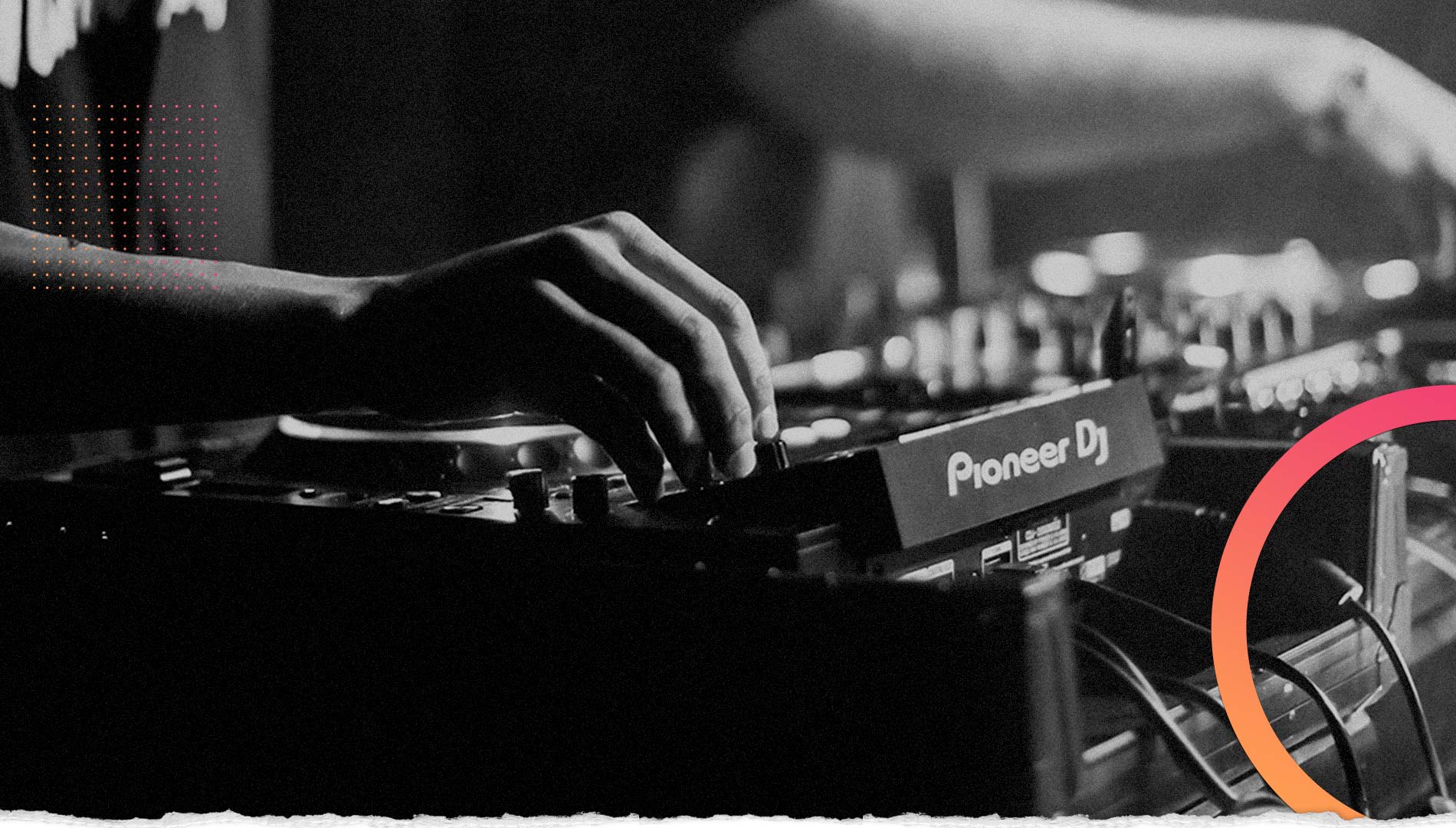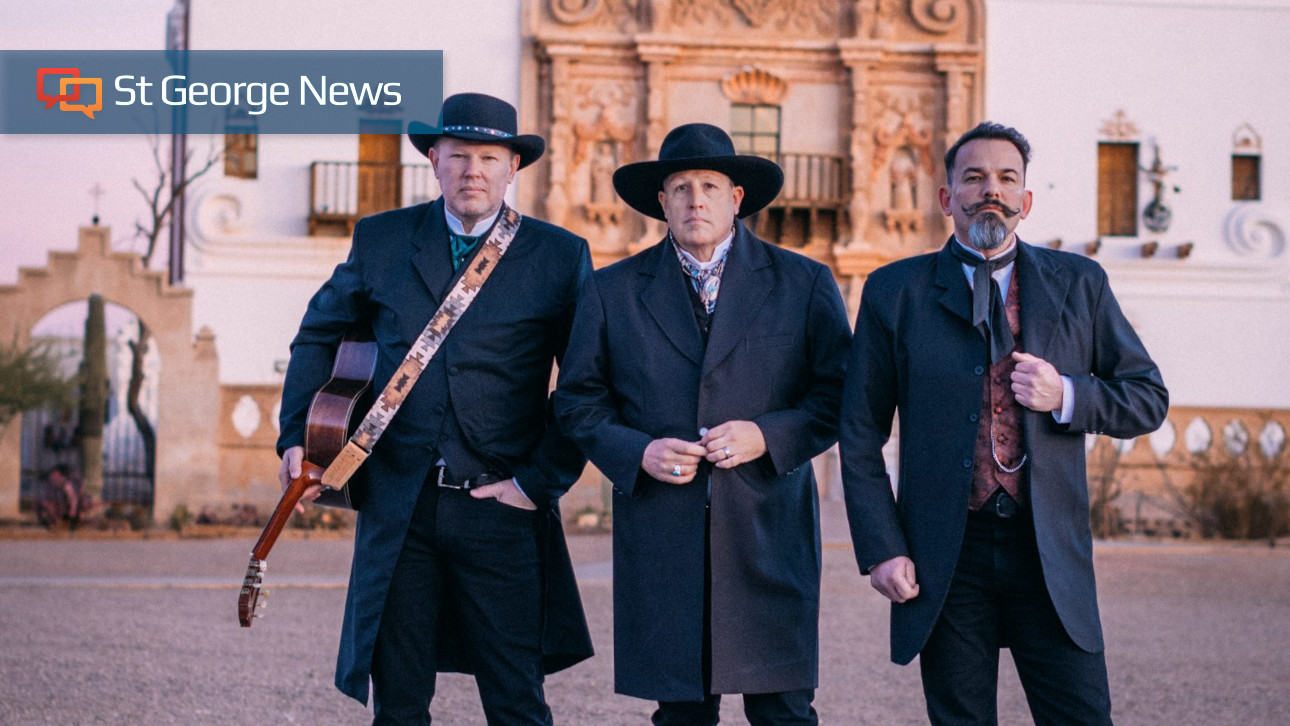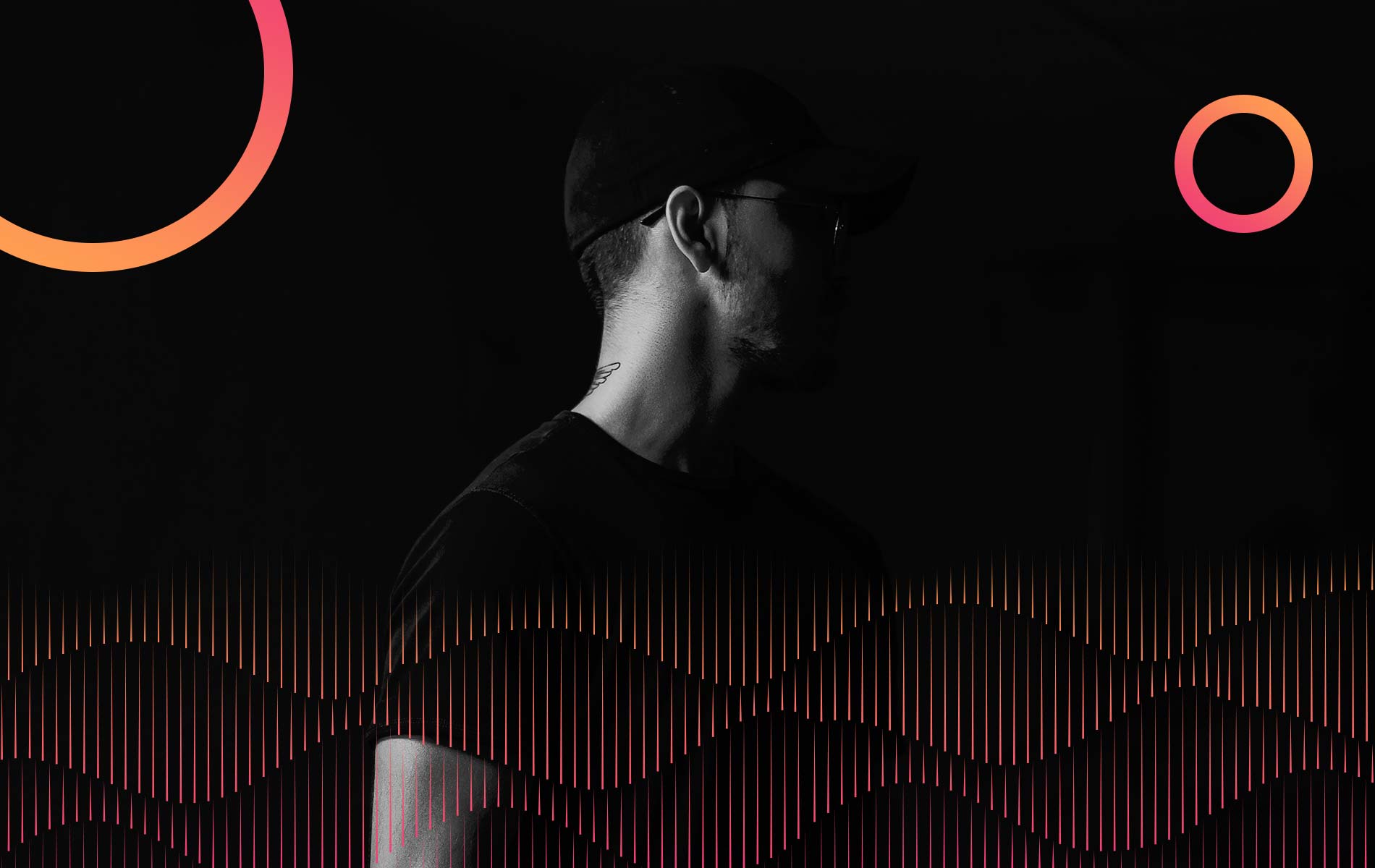One night in 1969, 20,000 people gathered at the National Institute of Design in Ahmedabad, in the Indian state of Gujarat, to witness a vision of the future: the Moog synthesizer. An audiovisual spectacle called Soundscape was taking place across campus, and students and faculty members played the instrument while those in attendance marveled at the cutting-edge technology. American composer David Tudor had arrived in India earlier that year; during his three-month residency, he installed the synthesizer, which had been shipped from New York in wooden crates, along with a Dual Ring Modulator, a Bode Frequency Shifter, and tape machines, and led workshops on the instrument. Like the European electronic music studios established in the 1950s, the NID’s space would become a hub for exploration, hosting students of various stripes to experiment with its tools’ endless capabilities.
The first overview of this short-lived but groundbreaking period comes in the form of a tremendous new compilation, The NID Tapes: Electronic Music from India 1969-1972. The artist Paul Purgas discovered, reassembled, and digitized its 19 tracks from 27 tape reels, and the results are thrillingly varied. Across tape collages and soundtracks, improvisations and field recordings, the overarching feeling is one of restless curiosity. Gita Sarabhai’s two pieces—both simply titled “Gitaben’s Composition”—are emblematic of these studio investigations. Her first contribution features playful, cartoonish warbles reverberating in the ether. The latter takes us straight into the void, casting lambent, oscillating tones into a monolithic drone.
Sarabhai was a musicologist and revered musician who came from an influential family that pushed for modernist changes in the country. The pedagogical philosophies they favored infused the principles of Maria Montessori and the Bauhaus with ideas of holistic training via Mahatma Gandhi. It was Sarabhai who oversaw Tudor’s residency, and even prior to this international exchange, she would play records from her personal collection—Western composers like John Cage and Karlheinz Stockhausen, Indian musicians like Ravi Shankar and Kesarbai Kerkar—over the PA system during the NID’s lunch hours. This stylistic mélange animates Atul Desai’s “Compositions,” whose commingling of percussion and effervescent bleeps channel his desire to seek naad—the ever-vibrating “essence of sound.” This isn’t so much a transition from past to present as an expression of music’s liberatory potential: Given the rigors and hierarchies inherent in learning the sitar or sarod, for example, the Moog symbolized a more egalitarian avenue for ecstatic stimulation of the mind, body, and spirit.
On an All India Radio broadcast from 1970, Desai, a Hindustani classical vocalist and composer, and the filmmaker I.S. Mathur extolled the avant-garde composer Edgard Varèse; their reverence for the early-20th-century experimentalist is evident in Mathur’s own pieces. The desire to blend environmental sounds with electronics is the central premise behind the impish “My Birds,” while “Soundtrack of Shadow Play” is an invigorating slab of musique concrète in the lineage of Varèse’s Poème électronique. Without the actual theatrical performance to view, its recordings of balmy Indian percussion transform into acousmatic abstractions amid a sea of calming electronic tones. Elsewhere, Mathur’s “Once I Played a Tanpura” captures a scorching solo on the titular instrument. And for those wanting to feel stressed beyond belief, “Shadows of the Show” intermittently recalls the hypnotic illusion of a Shepard tone, continually rising in pitch and intensity as if continually on the verge of exploding.







